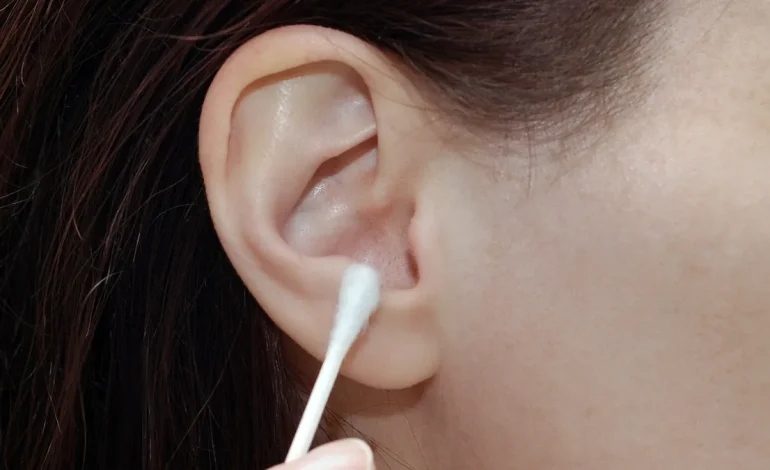Sticky, often overlooked, and not exactly a common topic of conversation, earwax is increasingly drawing scientific interest as a potential tool for diagnosing a wide range of health conditions — from cancer and diabetes to heart disease and neurodegenerative disorders, BBC reports.
Earwax, or cerumen, is produced by a combination of secretions from the ceruminous and sebaceous glands lining the outer ear canal. This substance, which also contains dead skin cells, hair, and other debris, slowly travels outward, performing critical tasks such as lubricating the ear canal and trapping bacteria, fungi, and even small insects.
Though often seen as a minor bodily secretion, recent research suggests that earwax may provide valuable insight into an individual’s overall health. Its chemical composition can reflect the body’s internal metabolic processes, offering a kind of long-term “fingerprint” of biochemical changes that blood or urine tests might miss.
Studies have uncovered interesting genetic and health-related connections to earwax. For example, the ABCC11 gene not only determines whether someone has wet or dry earwax, but also correlates with body odor traits. Most people of European or African descent have wet earwax, while dry earwax is far more common among East Asian populations.
The link between earwax and disease risk has also been explored. A 1970s study suggested that women with wet earwax might have a higher risk of breast cancer, though subsequent studies produced mixed results. Nevertheless, research continues to examine earwax as a potential indicator of systemic health issues.
One well-established example involves maple syrup urine disease, a rare genetic disorder. The characteristic sweet smell associated with the disease can also be detected in a newborn’s earwax, offering a quick, non-invasive diagnostic clue.
Scientists have found additional health connections: early evidence indicates that earwax may reveal signs of COVID-19, diabetes, and certain heart conditions. In particular, a team led by environmental chemist Rabi Ann Musah found that patients with Ménière’s disease — a disorder affecting the inner ear — exhibited distinct changes in the chemical makeup of their earwax. Identifying these biomarkers could pave the way for faster, easier diagnoses of a condition that is often difficult to confirm.
Another promising area of research involves cancer detection. In a 2019 study, Brazilian researchers identified 27 volatile organic compounds (VOCs) in earwax that differed between cancer patients and healthy individuals. Using these chemical markers, they achieved 100% accuracy in distinguishing between those with and without cancer, though the method could not yet differentiate between specific types of the disease. The team is now working to refine the approach and even hopes to detect pre-cancerous changes in metabolism.
According to Professor Nelson Roberto Antoniosi Filho, who led the Brazilian research, earwax has advantages over blood and urine for detecting early-stage disease because it captures long-term metabolic changes more effectively. His team is developing a diagnostic tool, called a “cerumenogram,” with the goal of enabling regular, non-invasive health screenings using a simple ear swab.
Musah and her colleagues are also developing diagnostic kits for Ménière’s disease, aiming to create tools similar to over-the-counter COVID-19 tests. She believes that understanding the baseline chemical profile of healthy earwax is key to unlocking its full diagnostic potential.
Experts not directly involved in earwax research, like Professor Perdita Barran at the University of Manchester, agree that this lipid-rich substance holds promise. Since lipids often change early in disease development, studying earwax could offer a unique perspective on metabolic health that blood-based analyses might miss.










The latest news in your social feeds
Subscribe to our social media platforms to stay tuned